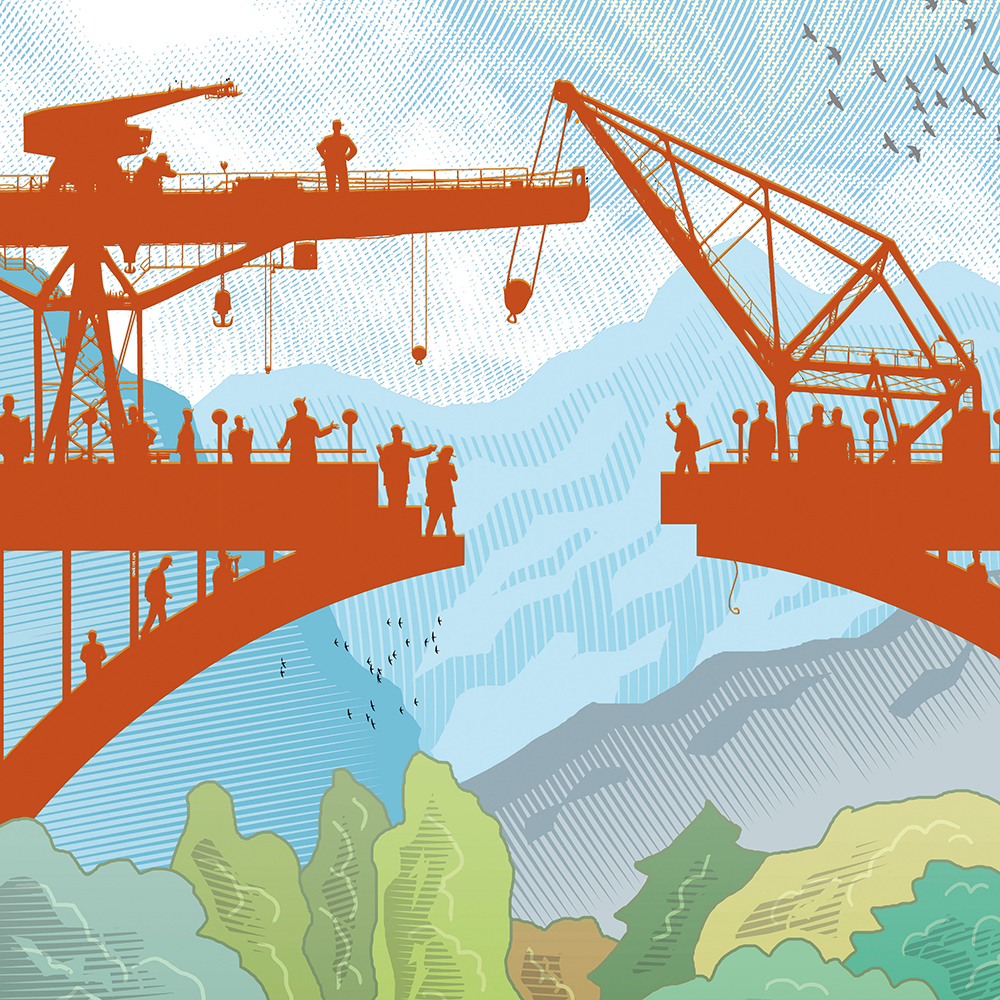 Union Budget 2016 was presented amid a complex political situation arising out of the intolerance debate, elections in Bihar and recent incidents related to the Jawaharlal Nehru University. In addition, India will hold several state elections this year, including in the farming state of West Bengal, with the country’s most populous state, Uttar Pradesh, going to polls in 2017. A strong showing will be Prime Minister Modi’s chances of a second term.Further, due to a drought-like situation in most parts of the country, the agriculture sector, being a major employment provider and being politically sensitive, continues to be a cause of major concern for the government. Most of the economies were adversely affected by nearly bottoming of prices, turbulent financial markets and volatile exchange rates. Even for India, it has been a cause of considerable stress. On a positive note, with a revised increased estimated growth rate of 7.6 percent, India is looking to become a fast growing major economy surpassing even China. The indicator also suggests that economic growth was due to enhanced performance of the manufacturing and service sector. Given this backdrop, it was a mixed bag of expectation from different sections. While in the political section it was expected to be a populist budget, the economists and industrialists expected that public spending would get a boost to pump economy. The Hon’ble Finance Minister chose for a prudent and populist budget keeping the fiscal deficit target for 2016-17 at 3.5 percent, despite many calls for relaxing this in the interests of higher growth. The budget has a transformative agenda built on nine distinct pillars of agriculture welfare, rural sector, social sector, education, skills and job creation, infrastructure and investment, financial sector reforms, governance and ease of doing business, fiscal disciple and tax reforms. The greater emphasis on improving rural incomes to the extent of doubling them in five years, improving rural infrastructure including irrigation facilities and roads, improving access to the market and processing of farm produce are all well thought out actions. The proposals in the infrastructure are good as it is generally agreed that the trigger to start the investment cycle has to come from government spending on basic infrastructure construction. The proposed changes in the Motor Vehicles Act to facilitate passenger movement are welcome. However, extending this, the movement of goods also would have helped make manufacturing more competitive. Improving the quality of life of those below the poverty line is essential, and the steps proposed are welcome, as is the intention to raise the quality of some higher education institutions. The proposals for strengthening public sector banks are also a step in the right direction. The proposal to provide a reduced tax rate for new manufacturing companies, extending the benefit of deduction for employment of new regular workmen and changes to the customs and excise duty rates on inputs can be expected to have a significant impact on the revival of growth and investment and promote domestic manufacturing and ‘Make in India’. Further, a number of tax proposals has been made in the budget towards providing relief to small taxpayers, measures to boost growth and employment generation, incentivising domestic value addition, reducing litigation and providing certainty, and for simplification and rationalisation of taxation. The FM reiterated that General Anti-Avoidance Rules would be implemented with effect from April 1, 2017. However, implementation of place of effective management as a test for corporate residency has been deferred. Further, though nothing significant has been said in terms of goods and services tax, the preparation and lack of policy-related changes indicate the keenness on part of the government to implement this as soon as possible. There are some negatives like the imposition of cess, but considering the federal compulsion, that can’t be ignored. –––––––––– |
India
Latest Updates
Related Articles
Related Articles by Jurisdiction
M&A Special Report
Our Special Report on M&A takes a look at which jurisdictions are leading the pack in deal-making activity in 2010. We also hear from leading firms as to the status quo of M&A laws and regulations in ...
The dramatic return of virtual currencies to India
Virtual currency exchanges once again have access to the banking system, but more clarity is still needed.
Latest Articles

















